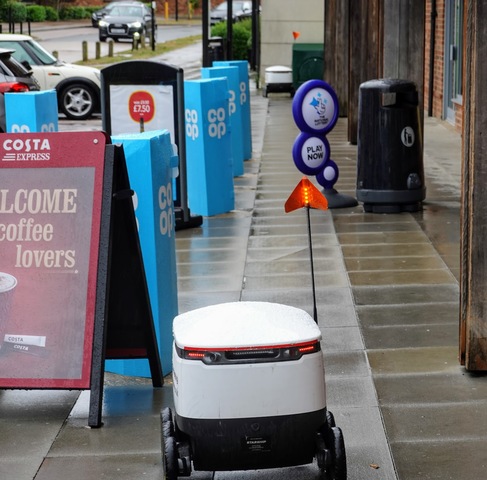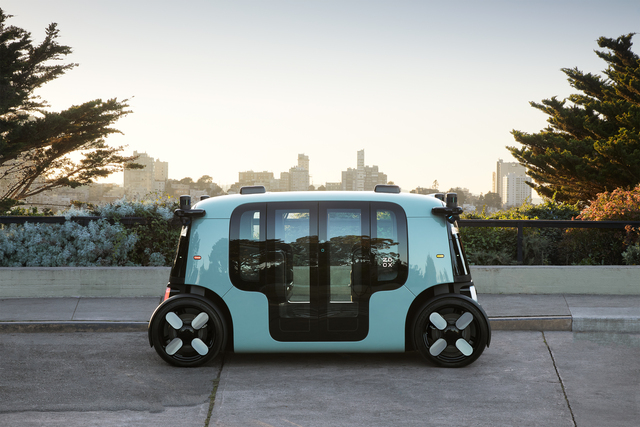Waymo simulations suggest they will be good at avoiding accidents caused by others
Submitted by brad on Mon, 2021-03-08 09:48Everybody is working on making robocars drive more safely and cause fewer accidents. Waymo recently released a paper outlining how they ran a large number of accidents in simulation, and tested what happens if the Waymo system is driving the primary car (which caused the accident) or the secondary car (which didn't) in 2-car collisions. No surprise that they prevented the accidents when being the primary car. More interesting is they prevented almost all the accidents when being the second car.







